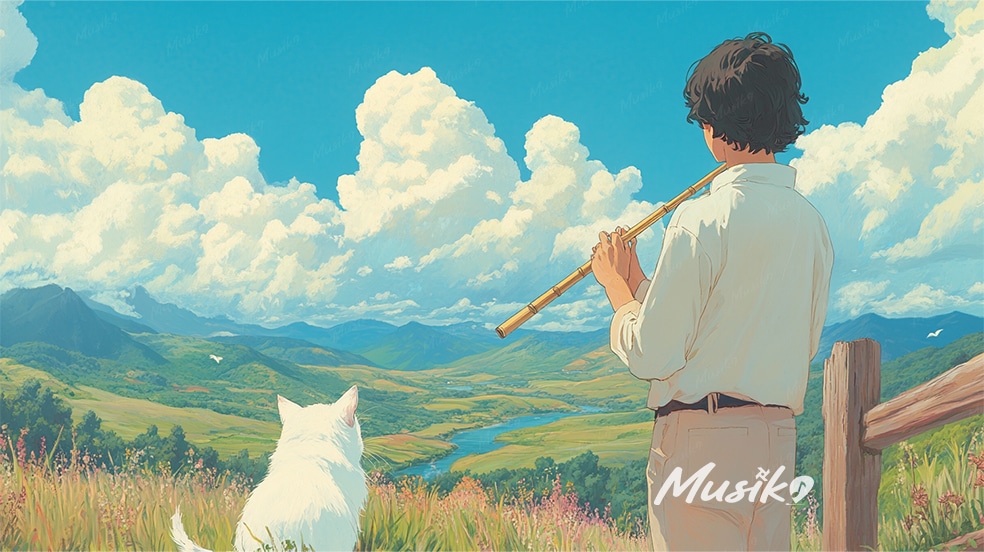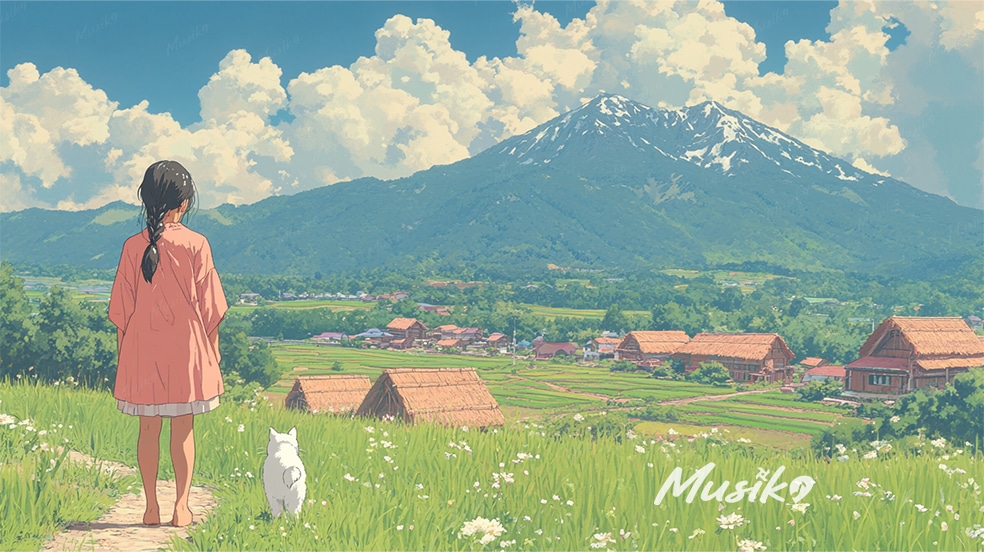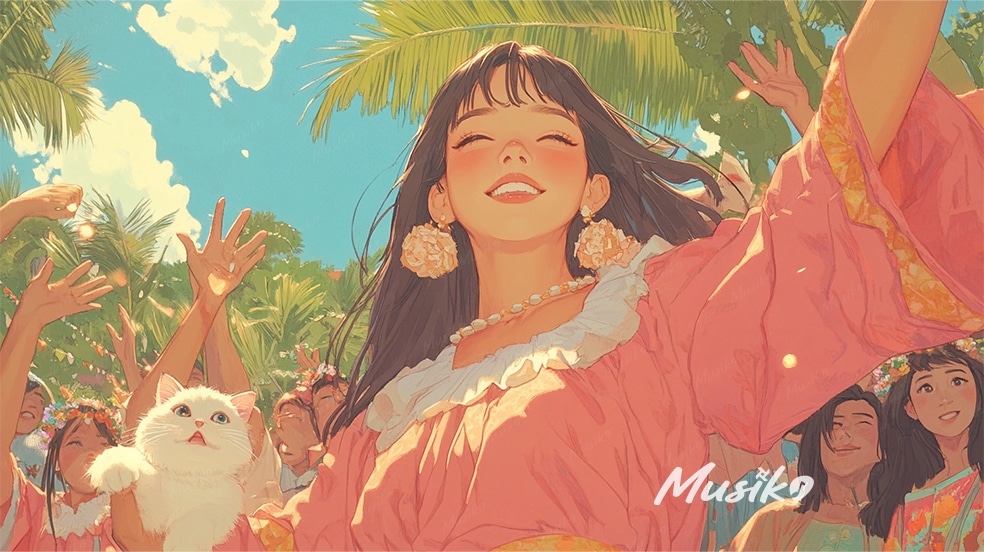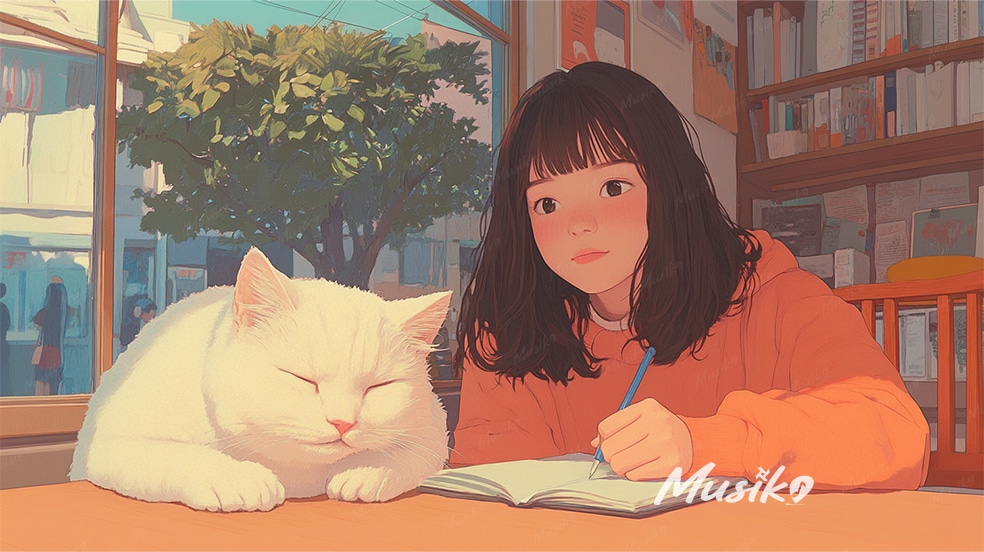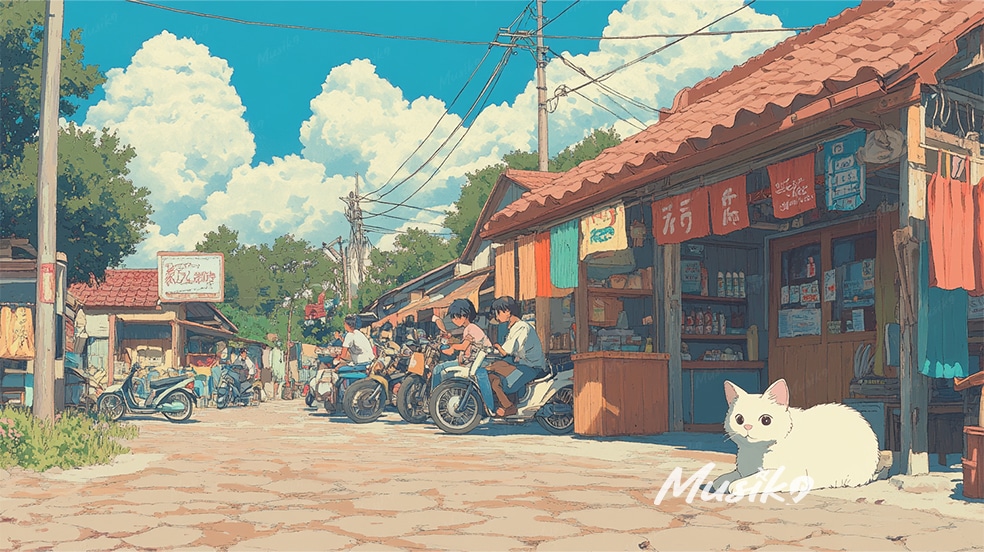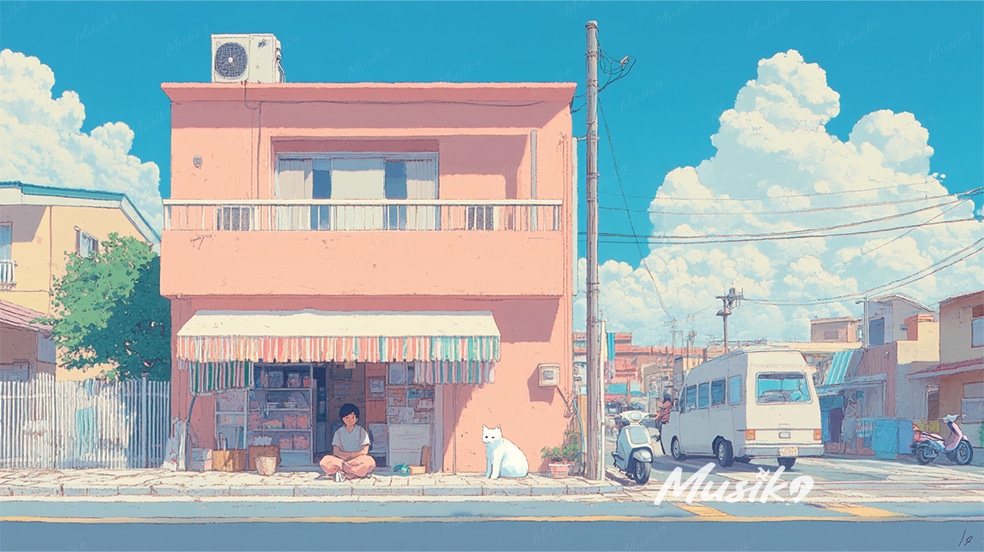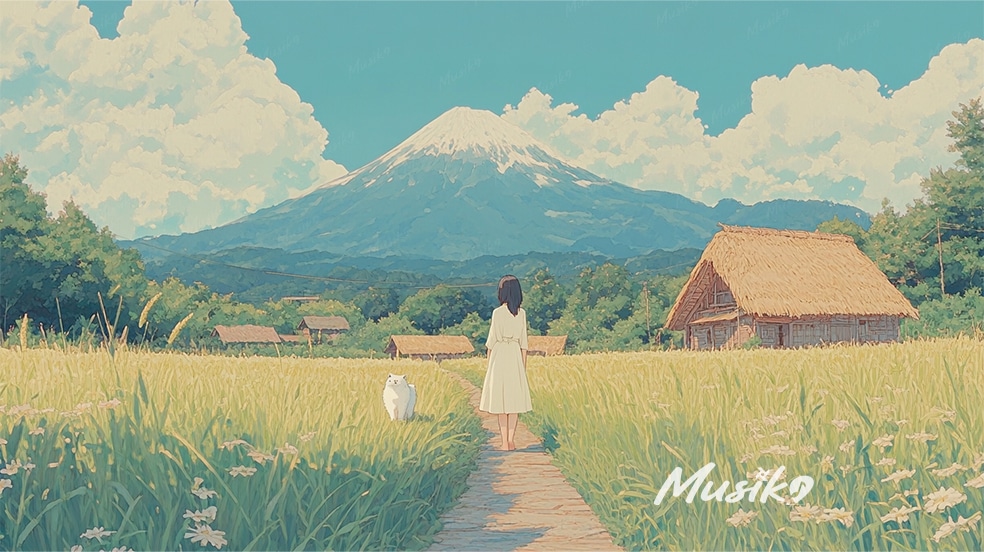🌙 Munai, Lanao del Norte
Welcome to Munai, a hidden highland gem in Lanao del Norte where misty mountains, royal bloodlines, and Maranao traditions reign supreme. Known for its ancestral datuship, Islamic heritage, and breathtaking terrain, Munai is a place where every ridge holds history, and every family has a story steeped in culture and pride.
⛰️ A Land Above the Clouds
Perched in the uplands of northern Mindanao, Munai offers panoramic views, lush farmlands, and a cool climate that adds to its serene, almost mystical charm. The town is known for its traditional torogans (royal houses), sultanates, and a legacy that traces back to Maranao royalty.
📍 Must-Visit Tourist Spots in Munai
- Torogan Houses and Ancestral Mosques – Marvel at pre-Islamic Maranao architecture
- Pantar Mountain Ranges – Trek through nature, pine trees, and scenic ridgelines
- Cold Springs and Riverside Picnics – Refreshing retreats in natural spots
- Munai Market Days – Dive into local goods, colorful malongs, and halal delicacies
- Sacred Sites and Datu Compounds – Get a glimpse into living heritage and spiritual traditions
🎭 A Culture of Royal Roots and Resilience
Munai is predominantly Maranao, and is deeply rooted in Islamic customs, sultanate leadership, and cultural unity. Local clans are proud of their datu lineage, and tribal governance still plays a major role in community life. The people are known for their hospitality, dignity, and colorful expressions of tradition.
🗣️ Languages Spoken
The locals speak Maranao as their native tongue, with many also fluent in Filipino and Cebuano. Arabic is used in religious contexts, and English is taught in schools.
🍛 Rich Flavors of Maranao Cuisine
Munai’s food reflects halal traditions and flavor-rich recipes passed down through generations:
- Palapa – Spicy ginger-based condiment used in almost every dish
- Piaparan na Manok – Chicken with coconut, turmeric, and spices
- Rendang and Beef Korma – Slow-cooked, spice-filled meat dishes
- Dodol – Sticky sweet rice treat wrapped in banana leaves
- Maranao coffee and native rice cakes – Best shared over stories and laughter
🎉 Festivals and Traditions That Live On
Though Munai doesn’t have the flashy street parades of urban towns, it shines through Islamic holidays like Eid’l Fitr and Eid’l Adha, which are celebrated with community feasts, prayers, and sharing with neighbors. Ceremonies for coronations of local datus and tribal reunions are also major cultural events.
🎶 Music with Spiritual and Cultural Depth
From the kulintang gongs, tambor, and traditional Maranao chants, to modern Islamic music played during weddings and celebrations, Munai’s soundscape is both soulful and ceremonial. Music often accompanies storytelling, dances, and gatherings under the moonlight.
🌟 What Munai is Known For
- Home of Maranao royal families and datu clans
- Peaceful highlands with scenic and sacred landscapes
- Authentic Maranao cuisine, arts, and crafts
- Cultural resilience and deep-rooted Islamic traditions
- Torogan heritage houses and ancestral leadership

